
Ever wondered why some players seem to improve their chess rating really quickly while others get stuck? The truth is, it’s not about talent. It’s about knowing what to focus on.
If you’ve been playing chess for a while and feel like your progress is slow, you’re probably missing one (or more) of these key ideas. Here are some practical tips that can seriously level up your game, whether you’re just starting out or trying to climb past 1500 to 2000 rating.
1. Tactics Win Games
This one is huge. At the beginner and intermediate levels, most games are decided by tactics. These are patterns like forks, pins, and discovered attacks, and sacrifices. Doing just 5 to 10 minutes of puzzles a day builds your pattern recognition and helps you spot game-winning moves during real games.
Example of tactical puzzle – Find the best move for black – Make sure of your opponent’s threats and your position advantage such as pins and discovered attacks.
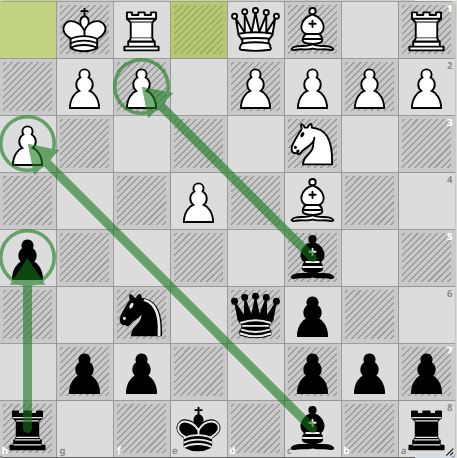
So, have you finalized your best move? If you chose to sacrifice your knight by playing Ng4, then you passed! Because it is the best move. If not, then it’s still an equal position but you need to understand why you should sacrifice the knight?
The Answer is, if your opponent takes it, then your opponent has already lost! Just look at the analysis bar and the direct threat to mate in 1.
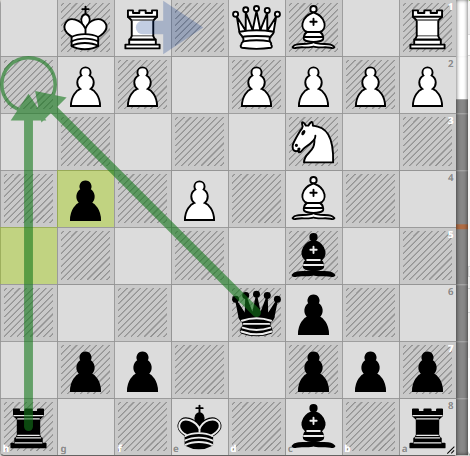
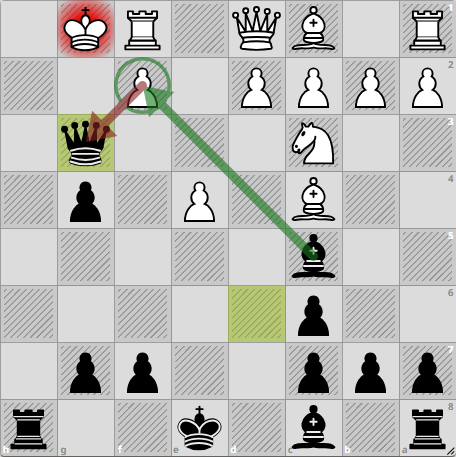
Even if your opponent plays something like g3, then Qxg3 would be a checkmate, thanks to the pin produced by Bc5.
2. The Power of the Center
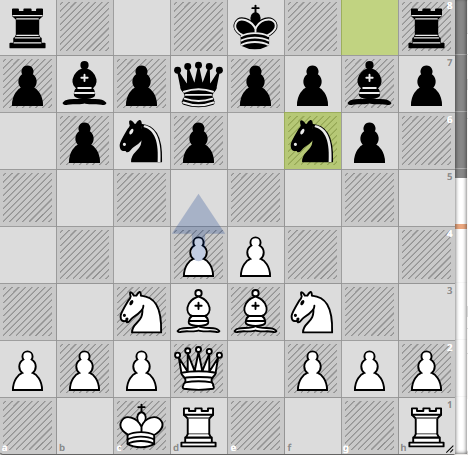
One of the biggest mistakes newer players make is developing pieces toward the edges. Just look at the image above, the analysis bar says it all. Knights on the rim are dim, as the saying goes. If you bring your knights and bishops toward the center, your pieces will be more active and dangerous. Avoid unnecessary pawn moves, do not move one piece again and again, and aim to get your bishops onto open diagonals early.
Moreover, avoid letting the center get completely locked up too early in the game. Open positions give you more opportunities to create threats and outplay your opponent.
3. Struggling Against Defensive Players?
Some players just sit back and defend everything. It’s frustrating, but rushing the attack usually backfires. The better approach is to slowly build your position. Improve your worst-placed piece, create pressure, and look for long-term weaknesses.
If your opponent defends one area, look for what they gave up. Did they weaken a square or leave another piece hanging? Be patient. Often, they’ll eventually make a mistake.
4. Analyze Your Games
This is one of the most powerful ways to improve. After every game, take a few minutes to review what happened. Did you hang a piece? Miss a tactic? Play too fast in the opening? Even if you think it’s a good move, pause for a few seconds and think if there’s even a better move.
For example, you’re up a pawn, and you can just go for trading in this position. However, can you find something even better? Take your time and try to find it.
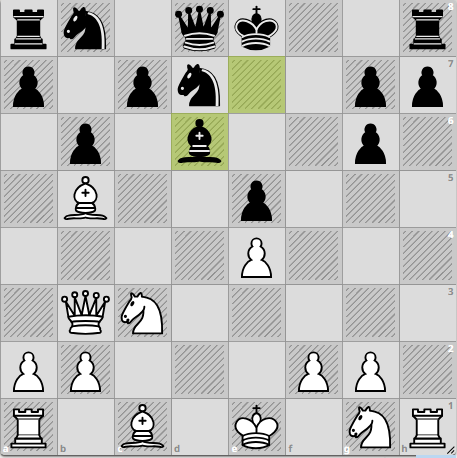
The best move here is Rxh7! It looks like a rook sacrifice but you can simply win it back after you play Qg8+.
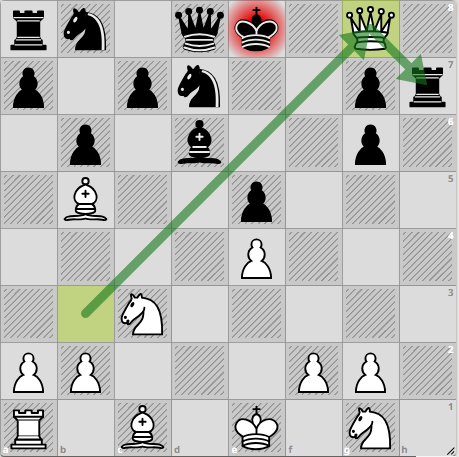
You can use the built-in analysis tools on sites like Chess.com or Lichess. They’ll show you where you made blunders, mistakes, or missed opportunities. Focus especially on your losses. They teach you the most.
5. Endgames Are Underrated
Most players skip studying endgames, but knowing a few basics can completely change your results. Learn simple concepts like king and pawn vs. king, opposition, and how to push your pawns properly to promote them.
Even just understanding how to convert a one-pawn advantage into a win will give you a big edge in close games.
Hope this gave you a new way to look at your chess journey. I wish I knew these things earlier, but now you can use them to improve faster and win more games. Keep practicing, keep learning with The New England Chess School.